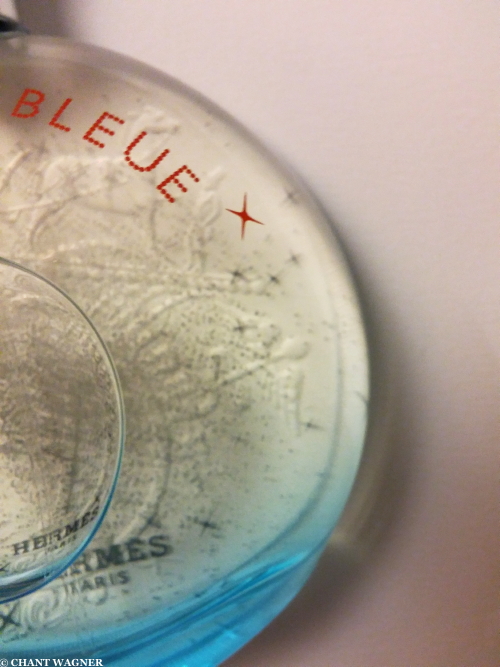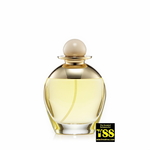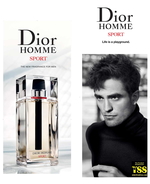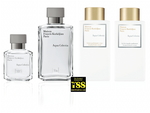Hermès Eau des Merveilles Bleue Review (2017)// Perfumers who Encrypt {Perfume Review & Musings}
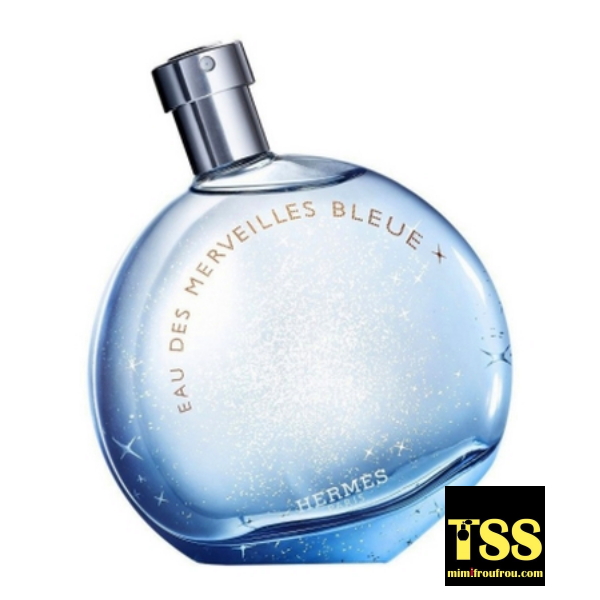
Hermès Eau des Merveilles Bleue Eau de Parfum
Perfume Review
In the latest perfume launch by Hermès, which is inspired by a childhood memory of perfumer Christine Nagel, who said she used to suck on beach pebbles, a mythical ingredient appears - and it is not the original one, ambergris, nor the title one, patchouli.
If the Eau des Merveilles collection started out with a study of the floating gold of the sea spewed out by epic, Moby-Dick-worthy whales in 2004, this new companion scent lays the accent on the word "wonder," finding inspiration in an unlikely place...
"The wonder of Hermès is rooted in childhood, when our eyes are open to the world, and marvel at everything. I marvelled at the pebbles, wet from the ocean; they had such a particular colour and luminosity, and I discovered on them a salty, mineral taste ..." - Christine Nagel in-house perfumer at Hermès.
Eau des Merveilles Bleue Eau de Parfum opens on a gamut of notes, floral, hesperidic, breezy, sea-fresh, quickly going through several nuances of oceanic and watery impressions. The composition is much more floral than what one would normally expect from a conservative marine scent.
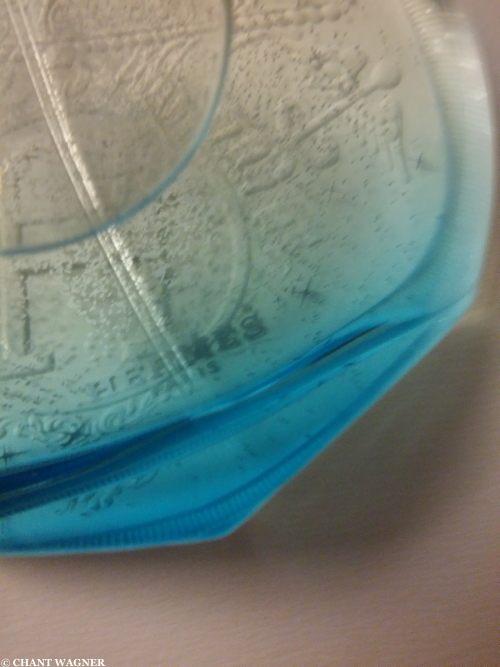
Behind the gossamer veil of seaside impressions, created in part thanks to the iodine and salt of molecule Z-11, there is a host of artful nuances, ranging from the scent of expansive bath bubbles the size of dish plates, to leather - of the soft suede variety - and even a pronounced anisic note - as if a giant Anis de Flavigny candy had been dropped into a Mason jar filled with rippling fresh ocean water and blue-green, shards of glass polished by the sea.
Mineral accents mingle with warm nuances, swirling around for a long time with this incongruous, aromatic, and again, green anisic note. It is quite unexpected, for a marine fragrance that is. As the composition develops, you are struck by its relentless freshness - it veers minty.
Eau des Merveilles Bleue is a both pleasant and original and, bonus, invigorating. It reminds you of a crisp Aqua Allegoria perfumed with basil leaves; you detect a link with Badedas bath bubbles too, with this impression of a German, Black-Forest cleanliness poured into the bathtub. Tellingly, it reminds you of La Fuite des Heures by Cristobal Balenciaga, a long lost perfume, which we called an early medicinal gourmand, which has a pronounced herbal aspect.
Then, gone are the cold climes and in is a frankly Mediterranean escape to the seaside, following a path strewn with herbs. The sensation becomes so intriguingly familiar that you start wondering about what work the perfumer might be making a reference to. A memory, however abstract, is getting reactivated in you, but it remains inarticulate, for now.
In fact, the scent nags you enough with its familiar presence that you have to go verify a hunch. At this point, you keep getting visuals of a mound of absinthe you saw the other day, which looked like varech or kelp, on which you happened at the farmer's market.
The silvery green herbs were beckoning. And then the smell was more than anything you could hope for an herb to smell like - rich and complex; the herbs in the fridge drawer are now slightly wilted but - mirabile dictu - the monster Anis de Flavigny bonbon you thought had been dropped with a splash as the creative key to the scent is none other than absinthe (Artemisia absinthium L.) - the herb of the devil, the plant with a sulfurous past, which used to be banned until recently in its alcoholic green-faerie form but is now back in consumers' bottles.
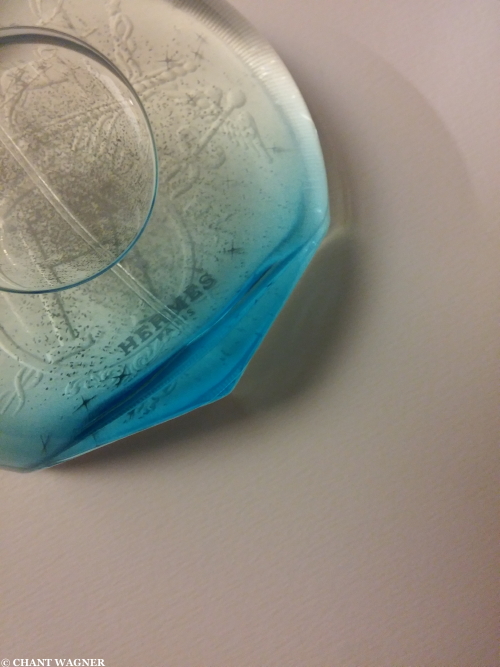
The absinthe plant has a complex odor profile. It is sweet and bitter with nuances of anis, mint, woods, resins - even cream. It smells also a bit of beef tallow, even of braised beef meat. It also smells like a field of flowers in the spring. It's a world in and of itself.
Perfumer Christine Nagel, who is Swiss, has matched the blue sea with blue absinthe, the plant, but also the drink. And now, you see that a symbolic logic is at work. Absinthe liqueur's best known nickname is the "Fée Verte / Green Fairy /"; it is also called "La Bleue / The Blue One." In Switzerland, in 2012, the appelations "Absinthe", "Green Fairy" and "La Bleue" became protected. There is humor in this symbolic rapprochement - and a hidden subtext.
You realize you are smelling a mythical drug, the blue-green opiate for the people; you feel like the Thujone is getting a bit to your head. From a perfumery perspective, it makes sense.
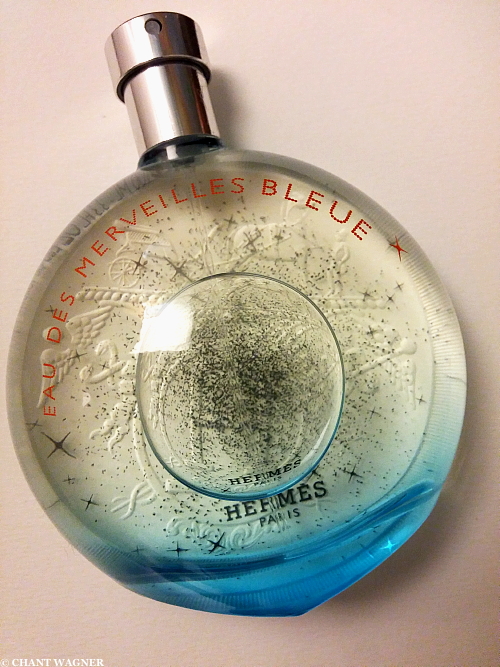
Perfumes are the social space in which limits are tested and social morality, stretched, with almost nil consequences. Perfumers, in their alchemical souls, are attracted to forbidden, secret substances and strongly symbolic ingredients. It ensures not only that a fragrance smell good, but also that you experience a higher plane of reality. It is not about generating hallucinations. It is about escapism, day- or night-dreaming - and the creation of improbable worlds.

Eau des Merveilles Bleue is some strong stuff; it goes up your nostrils and into your head. It might be a bit dizzying. Absinthe, La Bleue, the beverage, includes ingredients in recipes which reinforce natural facets of the plant thanks to the anisic fennel - or mint.
I pull out my photograph of a mound of fresh absinthe from Morocco, which I smelled intensely the other day. I almost cannot get over the fact that I took this picture, as in a premonitory instant. The absinthe looks like itself, but also visually resembles algae.
Close by, some of the most pungent smells at an open market are those wafting from the fishmongers' stalls. They are pleasant rather than intolerable. They are fresh - not as depicted in the famous birthing scene in an 18th century fish market in Perfume the Story of a murderer. Passing by the fishmongers, I had wondered a few times about unlikely aromatic encounters in the olfactory circus that a farmers' market is.
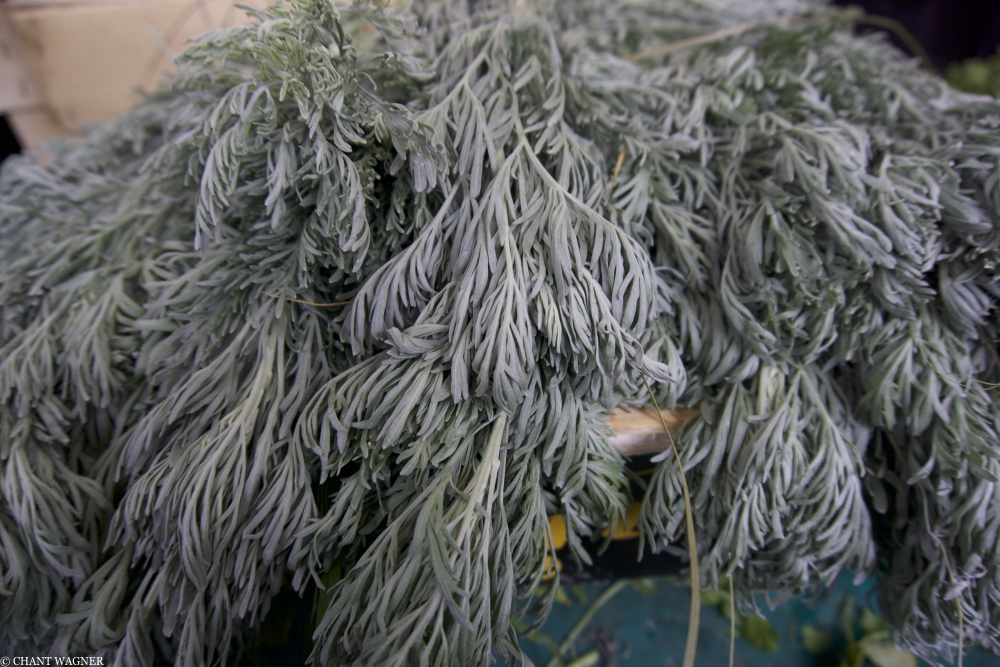
What Nagel has done is tap into a sense of the forbidden, but without claiming it, since the absinthe note is strictly not publicized. Hermès talks about the patchouli and the sea. The perfumer visibly enjoys adding secret twists. She is also continuing her search for more oblique notes to be inserted into mainstream perfumes, turning once more to the Victory garden. For Galop d'Hermès, she went to the garden to pick some rhubarb; for Eau Bleue, it's a bunch of absinthe she went to cull, showcased in an overdosed fashion, albeit rather cryptically.
The discovery turns you into a perfume detective. It reveals to you once more that perfumers work with a secret language, which is almost alchemical in nature and highly symbolic. It is like the second, hidden menu in a restaurant, the better one - and invisible, transparent, social walls which are erected at will. It's about defining a space for personal creative freedom - and not calling attention too soon to a perfumery idea, since they get stolen all the time. As is neatly summarized in a scene in La La Land, it is about the artist's sense of compromise, "one for you, and one for me."
Eau des Merveilles Bleue is about La Grande Bleue (the Mediterranean sea) surfing on the surface of oceanic waves, but it is also about La Bleue, from the depths of botanical and blending history and the folds of Christine Nagel's cultural imagination.







